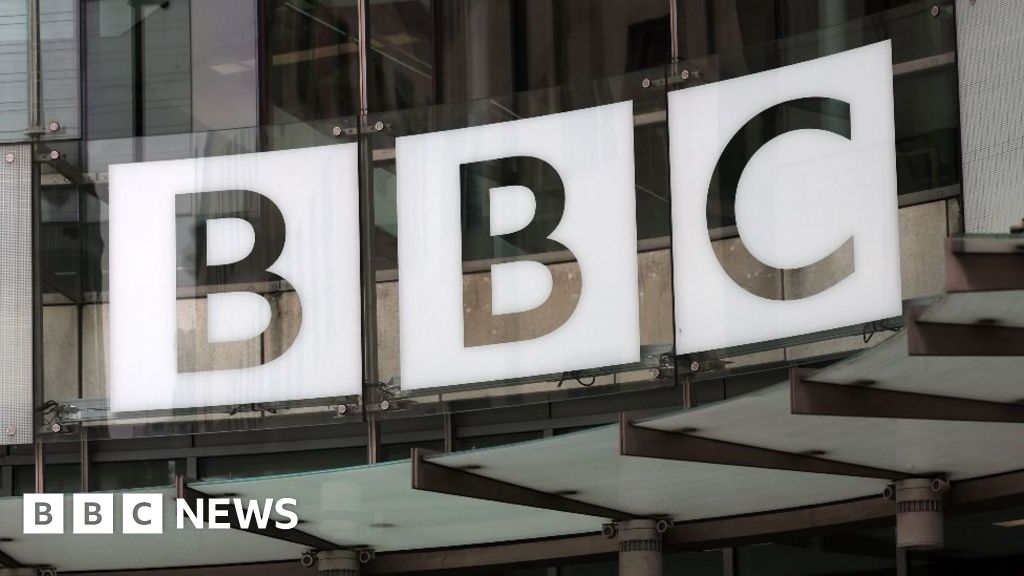U.S. President Donald Trump points out a newly installed flagpole while departing the White House on July 11, 2025 in Washington, D.C.
Win McNamee | Getty Images
No one likes working over the weekend.
Unless you are the leader of the free world firing off social media posts — that is, after all, what counts as work for many politicians nowadays —announcing barriers to the free movement of goods.
It's anyone's guess why U.S. President Donald Trump posted tariff letters to the European Union and Mexico — a steep 30% on goods imported from both — on Saturday. The first batch of letters was released Monday, and the second Wednesday. Going by that cadence, the latest letters should have been sent Friday.
Nope.
Here are two possibilities (that are pure speculation on my part).
Perhaps Trump wanted to save off his most devastating salvos — the EU and Mexico were, in 2024, the top-two largest trade partners of the U.S. — for when the markets were closed, hence avoiding any immediate backlash from traders.
But that seems unlikely, given that Trump told NBC News on Thursday that he thinks "the tariffs have been very well-received" because "the stock market hit a new high" then. And, as JPMorgan Chase CEO Jamie Dimon pointed out on the same day, there is "complacency in the markets" because investors are a "little desensitized" to tariff news.
Perhaps Trump just wanted to annoy his counterparts, especially those on the continent. Working on a weekend might be exasperating to an American, but it's basically sacrilegious for Europeans.
The combination of unexpectedly high tariffs — comments last week from Trump and U.S. Commerce Secretary Howard Lutnick gave the impression a favorable deal was in the books — and violating the right to disconnect would be sure to rile up Ursula von der Leyen, president of the European Commission, and her ilk.
Perhaps there's no point in trying to make sense of the announcements' timing, let alone the tariffs. The only thing that's certain is that, for many, there was no dancing on a Saturday night.
What you need to know today
The U.S. imposes 30% tariffs on the EU and Mexico. Trump on Saturday revealed those tariffs in letters posted on Truth Social. The EU suspended its retaliatory tariffs, which were scheduled to take effect Monday, in hopes of reaching a deal.
U.S. stock futures slip Sunday evening stateside. All three major U.S. indexes fell on Friday, putting them in the red for the week. Asia-Pacific markets mostly rose Monday, while Bitcoin hit a fresh high, breaking the $120,000 level.
China's exports growth in June beats expectations. In U.S. dollar terms, exports jumped 5.8% from a year earlier, customs data showed Monday, exceeding Reuters' poll estimates of a 5% rise. They were boosted by a surge in shipments to non-U.S. countries.
Nvidia chips won't be used by Chinese military, says CEO Jensen Huang. In an interview with CNN that aired Sunday, Huang said "we don't have to worry about" China's military using U.S.-made technology because "they simply can't rely on it."
[PRO] Tariffs are expected to hit European firms hard. Earnings per share for companies in Europe's Stoxx 600 will drop in the second quarter, according to research by LSEG. Here are the sectors that investors should pay attention to this earnings season.
And finally...
Oslo Taxi's NIO ET5 electric vehicle from Nio Inc, a Chinese multinational electric car manufacturer, drives through the Norwegian capital Oslo, on September 27, 2024.
Jonathan Nackstrand | Afp | Getty Images
Chinese car brands are rapidly making inroads in Europe’s EV utopia
Since the first delivery of an MG car to Norway in January 2020, Chinese electric vehicle brands have gone on to capture a combined market share of roughly 10%. The explosive growth is particularly notable, given Norway's decision not to impose tariffs on Chinese EV imports.
Norway's tariff policy sets it apart from both the U.S. and European Union, which have both slapped duties on Chinese-made EVs to protect traditionally dominant American and European brands.
— Sam Meredith










 English (US) ·
English (US) ·